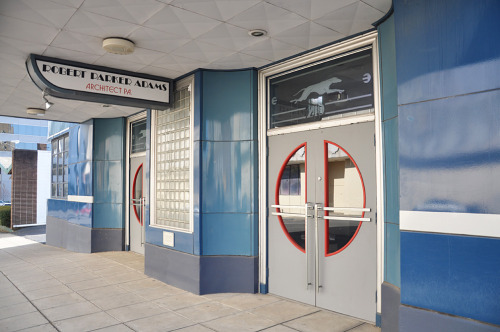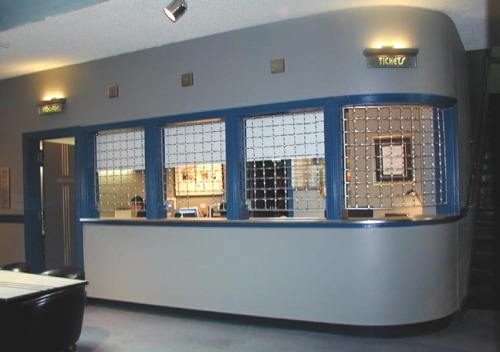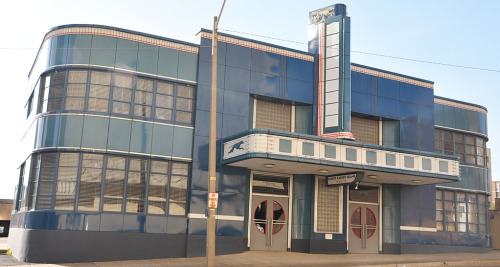Prince George is located along two major highway routes.
Highway 97 (the Hart Highway) leads to northern communities such as Dawson Creek, Whitehorse and Alaska, USA and to northeast BC and
south to Cache Creek, connecting to southern BC communities including
Kamloops, Kelowna and Vancouver.
Highway 16 leads northwest to Smithers, Terrace and Prince Rupert and eastern communities Mcbride, Jasper National Park and Edmonton, Alberta. As
many of communities activities are located just outside of town, car
travel is recommended. Rental options are available in town, and winter
tires are a must in season.
Air Travel
Flights to Prince George are available via Vancouver, Edmonton,
Calgary and Fort St. John. The two largest passenger airlines servicing
Prince George are WestJet
and Air Canada, with smaller carriers Central Mountain Air and Northern
Thunderbird Air.
Visitors requiring transportation into town or to the
airport from Prince George can take a taxi or catch a ride with the
airport shuttle. Greyhound also provides bus transportation from the
airport terminal to the Greyhound terminal in Prince George.
Bus Travel
Greyhound provides bus service to and from Prince George along
Highway 97 and Highway 16. The Prince George Transit System also runs a
number of buses around town.
Rail Travel
VIA Rail
offers service from Prince George through Jasper, Alberta to Vancouver,
and through Smithers and Terrace to Prince Rupert. Wildlife such as
deer, moose and bears can sometimes be viewed from the train.
Read Less
Stations
Entrance, Greyhound Bus Station, Jackson, Mississippi
from Roadside Architecture: Greyhound Bus Stations
Entrance of Jackson’s old bus station — now an architecture firm’s
office. This architect is my HERO! Meanwhile this bus station was part
of Civil Rights history.
From the site:
The Jackson station was built from 1937-1938. This is the only
station that Arrasmith designed with a structural glass faced exterior.
Originally, the interior had a coffee shop with a horseshoe-shaped
counter. The men’s room had a shower, while the women’s room had a
bath tub. It was condemned when architect Robert Parker Adams bought
the building in 1988. He restored it as office space for his
architectural firm. This station is also part of desegregation
history. Freedom Riders were arrested here for using white restrooms and waiting rooms.
Interior, Former Greyhound Bus Station, Jackson, Mississippifrom
Roadside Architecture: Greyhound Bus Stations Interior shot of Jackson’s
old bus station — now an architecture firm’s office. This architect is
my HERO! From the site: The Jackson station was built from 1937-1938.
This is the only station that Arrasmith designed with a structural glass
faced exterior. Originally, the interior had a coffee shop with a
horseshoe-shaped counter. The men’s room had a shower, while the women’s
room had a bath tub. It was condemned when architect Robert Parker
Adams bought the building in 1988. He restored it as office space for
his architectural firm. This station is also part of desegregation
history. Freedom Riders were arrested here for using white restrooms and
waiting rooms.
Interior, Former Greyhound Bus Station, Jackson, Mississippi
from Roadside Architecture: Greyhound Bus Stations
Interior shot of Jackson’s old bus station — now an architecture firm’s
office. This architect is my HERO!
From the site:
The Jackson station was built from 1937-1938. This is the only
station that Arrasmith designed with a structural glass faced exterior.
Originally, the interior had a coffee shop with a horseshoe-shaped
counter. The men’s room had a shower, while the women’s room had a bath
tub. It was condemned when architect Robert Parker Adams bought the
building in 1988. He restored it as office space for his architectural
firm. This station is also part of desegregation history. Freedom Riders
were arrested here for using white restrooms and waiting rooms.
Greyhound Bus Station, Jackson, Mississippi
from Roadside Architecture: Greyhound Bus
Bus drivers have the most stressful gig in town, according to WorkSafeBC figures.
Since July 1 199 transportation workers mostly bus drivers but
also including cabbies have submitted claims for work-related mental
disorders, including those caused by significant stressors on the job
such as bullying and harassment.
A fairly common type of case we are seeing are bus drivers being
submitted to insults from passengers, said senior program manager Joe
Pinto.
In one case, it escalated to include threatening behaviours. [The
employee] had to stop working because it turned into a disorder.
Mental Health Claims :
There were more mental health claims submitted from the health care
and social services sector, with 463, but health care employs
substantially more workers than transportation.
The hospitality industry came in third with 141 claims; 134 from retail, and 105 from education.
Don McLeod, head of the Canadian Auto Workers Local 111 which represents Metro Vancouver bus drivers, said there are about150 reported assaults on bus drivers every year.
As front-line
employees, bus drivers often bear the brunt of passenger frustration and
anger and are vulnerable to verbal abuse, getting spit on, or more
violent forms of physical abuse.
“I have no doubt there are mental
health issues in all workplaces, but the type of job we do has the
potential to push somebody to the brink a lot quicker,” said McLeod.
WorkSafeBC is expecting the number of mental health claims to more than double after new legislation came into effect July 1.
It
estimates it will receive 2,500 claims over the one-year period since
the bill was passed. It used to receive only 1,100 claims annually.
Under
the new law, workers who develop mental health issues because of
significant workplace stress, including bullying or harassment, are now
eligible for compensation.
The cases have to be a recognized
mental disorder diagnosed by a psychologist or psychiatrist; they cannot
be disorders from stress caused by employer decisions, such as working
conditions or workload.
Under previous legislation, workers were
only eligible if their mental disorder stems from an unexpected, acute
work-related traumatic events, such as firefighters or paramedics who
witness horrific accidents, for example, or retail workers or bank
tellers traumatized by a holdup.






